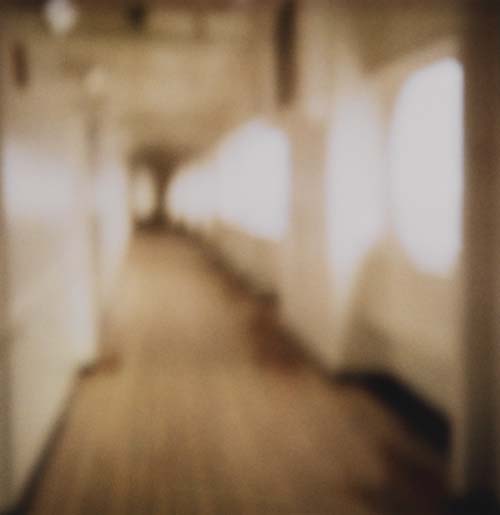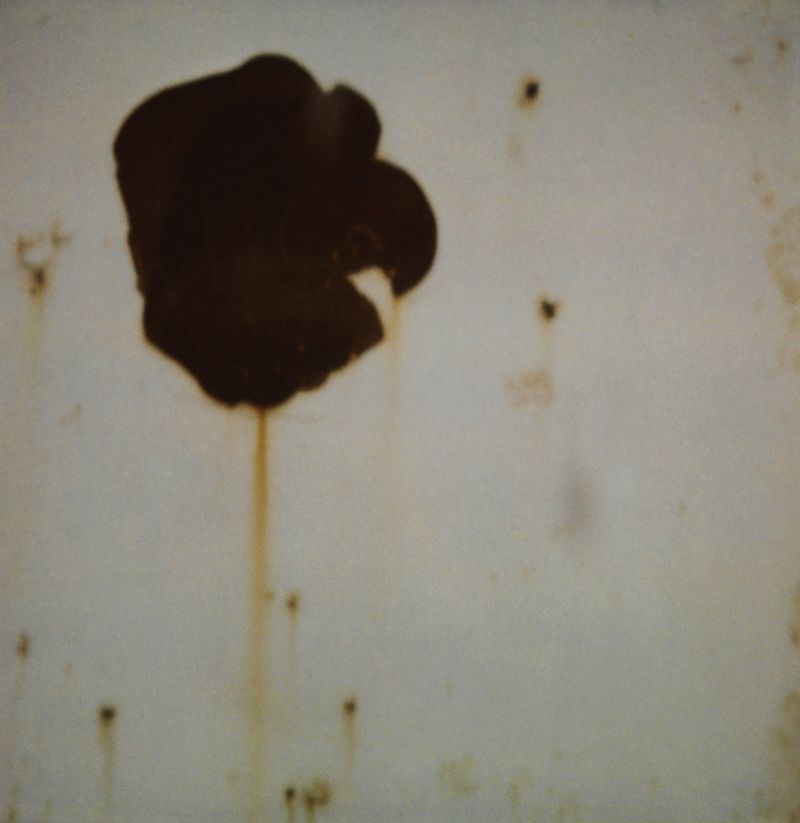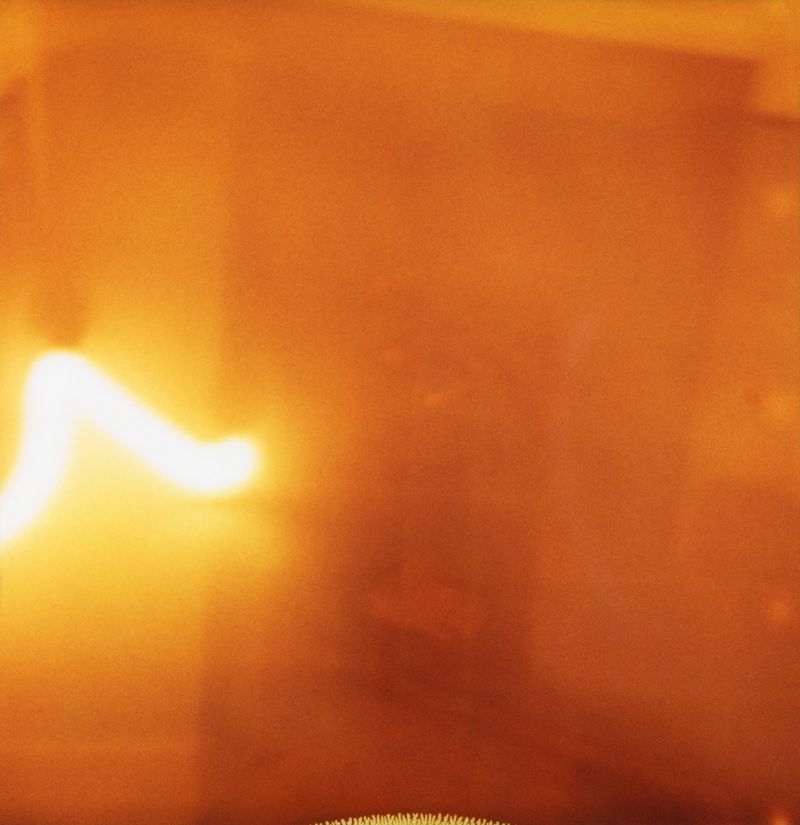Allowing Time and Light to Have Their Say
Kaye Mahoney
Susan Mikula’s photographic series shed light on the elements of physical surroundings that do not normally demand the limelight. The commonplace, the unimportant, the unnoticed or the ignored—part remembered and part forgotten—are imbued with feeling and meaning. Side by side, each series has its own distinct pictorial qualities, yet each is infused with Mikula’s unique ability to photographically “paint” abstractions of the real world around us, and so to connect with the world within us.

sic transit #5
sic transit is a group of contemplative photos that lead the viewer through corridors, passageways and hallways—transitory places through which we would normally rush on our way to our destination. Rather than employ them as settings or backgrounds, Mikula turns them into subject matter. Blurred bursts of light inhabit and animate each scene. Although we are aware that it is sourced from somewhere outside, this light transforms itself into the virtual source of radiance emanating from the picture itself. When seen in the large-format Duraflex prints she chose for their first public display, the effect is even more striking. The stillness of these pieces invites us to dwell while we are contemporaneously transported into the realm of the mind. As such, the images become visual metaphors of the psychological spaces through which we travel. At the same time, they are like bridges to the spaces where we might experience our own dreams, memories, feelings or emotions.

Pier 40 #1
In contrast, the Pier 40 series beckons the viewer to focus on the actual, to notice the unnoticed. If the sic transit series reveals the reaction of time with light in space, the Pier 40 series records how time and light has reacted on man-made surfaces. Training her camera on the details, Mikula invites us to see through the lens of her abstraction the beauty of aging, rust and decay. These images are like mementos, or less romantically, like evidentiary photos, documenting the aftermath of activities and events unknown, leaving us to wonder what, or who, left these marks. Certainly we are aware that the images are real, yet we simultaneously appreciate them inventively, focusing on the formal qualities of line, shape, texture, light and shade, and the revelation of the aesthetic and emotional depth they contain.

Kidder Farm #3
In the Kidder Farm series, we can see Mikula shift from the spaces we inhabit to the light that inhabits our space. In this series, the imagery yields to an abstracted vision that portrays the evanescence of light. A warm and luminous energy takes center stage, wrapped in a glow of photographic chiaroscuro created by a mixture of movement, time and light. When capturing these images, Mikula holds the shutter of her camera open for longer than usual, allowing it to draw in the surrounding light while she moves the camera’s point of view. She traces her movements and the movements of the light as it travels through darkness, leaving behind its embers. By manipulating the camera, an apparatus whose original purpose was to replicate the static visible world, Mikula evokes its opposite: the dynamic luminosity and atmospheric beauty of an intangible “invented” world.
Through these works, achieved with vintage Polaroid cameras and films, Mikula pushes the bounds of conventional photography. Working only with available light, she overrides the camera’s shutter to control film exposure by feel, bracing the camera by hand, against her body, sometimes moving, sometimes still, while allowing light to flood in. Mikula’s approach is raw, honest and unstaged, hearkening back to the strong emotion of the abstract expressionists and the contemplative depths of the minimalists, while drawing on the integration of the real with the abstract. Yet in the end, it is an aesthetic of her own creation, as she allows both time and light to have their say.
Kaye Mahoney, 2009
Kaye Mahoney is an artist based in New York, NY and Sydney, Australia.
